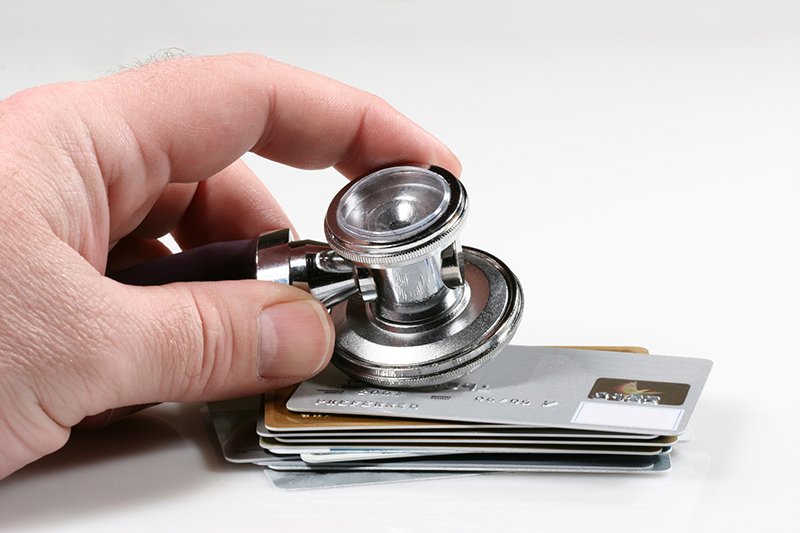A little over two months ago the government unveiled an incentive package to stimulate the economy and ease the recession. The plan was designed after the nuclear agreement with the six world powers in July and to prepare for “transition” to the post-sanctions era amid the deep decline in oil prices that is affecting the economy at every level.
Given the pain of low oil prices and the prospects of the worst to come, losses for the annual budget mean more economic hardship that requires workable solutions. Hence it is important to learn the lessons from the incentive package.
Most economists have criticized the program and warned about its inflationary effects plus the weird bias toward the dysfunctional and loss-making auto industry. With regards to inflation, it is a bit early to pass judgment as there is a time lag when the inflationary effects of policies emerge that cannot be isolated from the upshot of the recent rial bashing, among others.
However, from the available data there is no change in the inflation trend and the inflation rate for the 8th month in the Iranian year is 14.3%, so says the Central Bank of Iran. The point-to-point inflation rate, which is a fad among our policy and decision makers and looks at price variability on a month-to-month bases is 0.7% and yet below the ceiling of 0.8% designed within the package.
Focus on inflationary pressure of the stimulus package was rather misleading and overblown, which is rooted in our memory of high and galloping inflation. As many were assuming a quick implementation of all components of the stimulus program, there was no discussion about the inefficiency and futility of trying to target so many things all at the same time.
While there is no doubt that the package was designed specifically to tackle the deepening recession by stimulating consumer demand, it was not clear what is and should be the best route forward. Is it by rescuing inventories, introducing credit cards in the hope of lifting consumer demand, incentivizing exports, allocating extra spending for development plans, increasing money supply or repaying government debt? How is it possible to focus on so many critical economic factors with one package that has a 6-month expiry date and took the government barely 2-3 months to prepare?
Despite the recent measures and some spending by government, there is less sign of the expected recovery and more of mismanagement. As per the incentive package, the government underestimated the appeal of car loans leading to registrations over and above the inventory and forcing the buyers to wait for a month to take delivery of the cars supposedly parked in Iran Khodro and Saipa two major domestic carmakers that have gotten into the ugly habit of selling their vehicles at higher prices and lower quality.
Among other articles of the incentive package, the government has expanded the credit card scheme even before it was launched. The new scheme includes wider range of applicants and purchasable goods. However, there is no report on development spending or export subsidies. Above all, a meager amount of Treasury Bills, 20 trillion rials ($547.9 million) has been issued for debt repayment. This tiny debt repayment by the government is seen as the most important obstacle to disentangling the country out of the long and painful recession.
Symptoms of Inefficiency
At the same time, there are many symptoms of inefficiency seen in the 1,700 tons of potatoes destroyed to “protect the market”, delay in finalizing banking reforms, delay in unifying the exchange rate, paying cash subsidies to the millions who do not deserve it and the unjustified new buildings in universities that are already saturated with student numbers declining.
As the price of oil has plunged to the lowest level since 2004 and the final effects of the plunge are yet to come, the government will have a tough time fixing all the economic ills. Where some major oil exporting countries have experienced salient currency devaluations, the value of the Iranian rial has not decreased substantially and the depreciation has been around 10%. This can be attributed to the prolonged economic sanctions that have led to less dependency on oil revenues and government management in “moderating the forex market.”
Further decline in international oil prices could suppress GDP growth more than the present recession we are saddled with. In order to maintain the budget deficit at a reasonable threshold, we have to find new sources of revenues, a more judicious way of government spending and measures to stimulate growth that are closely knitted to the early removal of the sanctions.
New revenue sources can only be achieved if there is a strong and collective will divorced from the conflict of interest and leading to efficient management. Everyone should feel responsible for purging the country of corruption and rent-seeking that has played havoc with the national economy and the lives of millions of our people for decades.
For decent growth rates there is no option but improving the tax regime and non-oil exports. According to the former head of National Tax Administration, 60% of Iran’s economy does not pay tax! Which other country do you know where such unusually large numbers evade taxes and get away with it?
Apart from tax exemptions and the underground economy, there also are businesses that file tax returns but never pay a penny. What government needs to do is create a culture for building trust and cooperation that emphasizes the role of all strata of the society in respecting the laws of the land and contributing to development and growth. This role is not very difficult to comprehend: we all need to feel socially responsible and pay taxes instead of bribes. There are tough times ahead and as the government seeks the nation’s collective help, it should create and offer the necessary groundwork.



